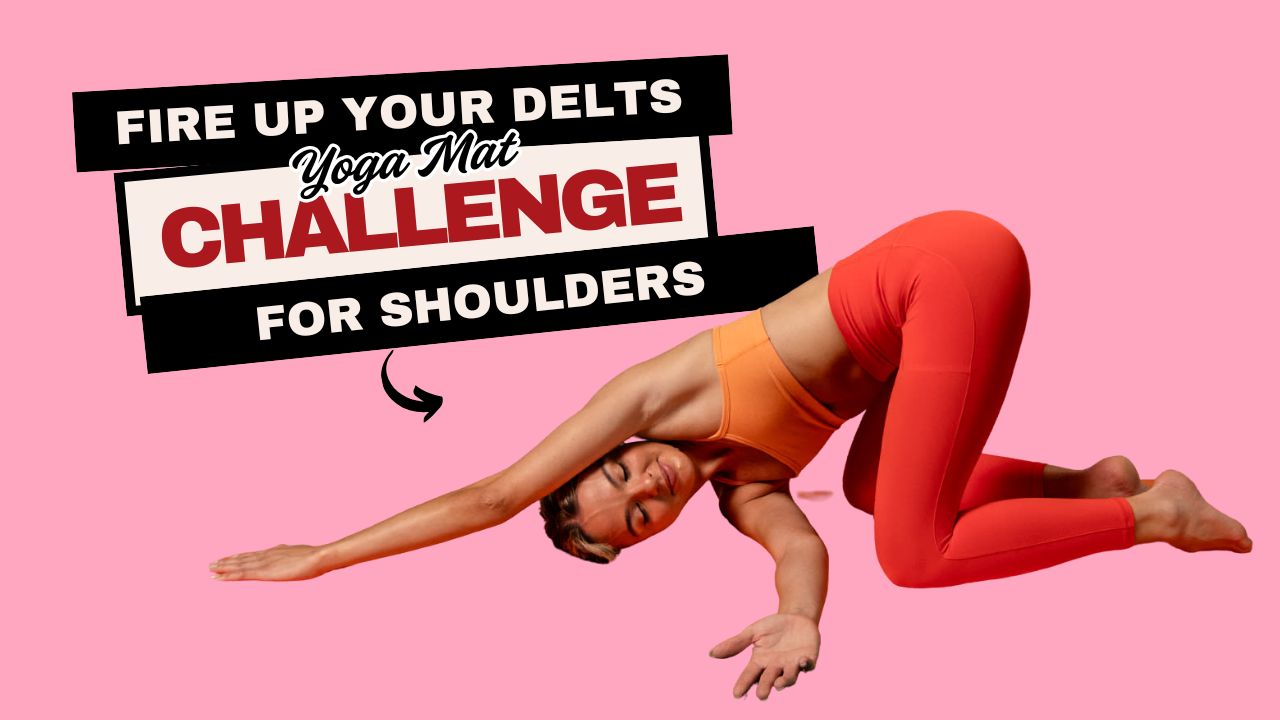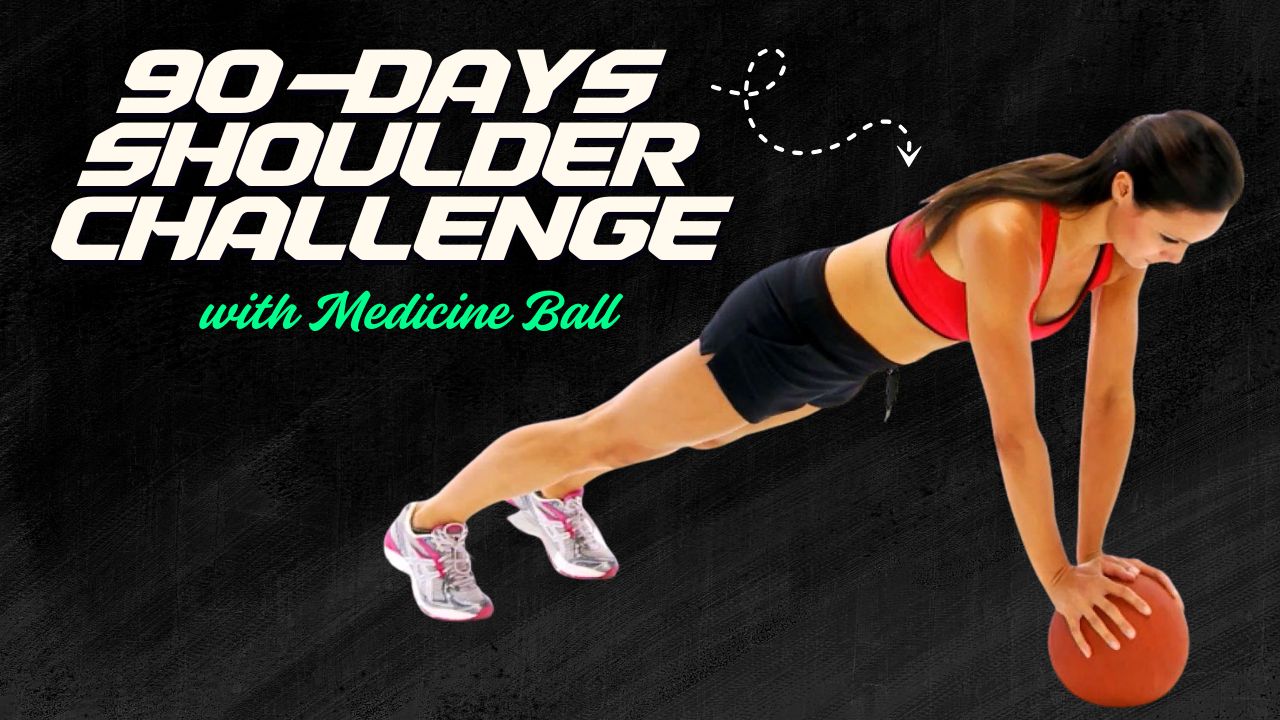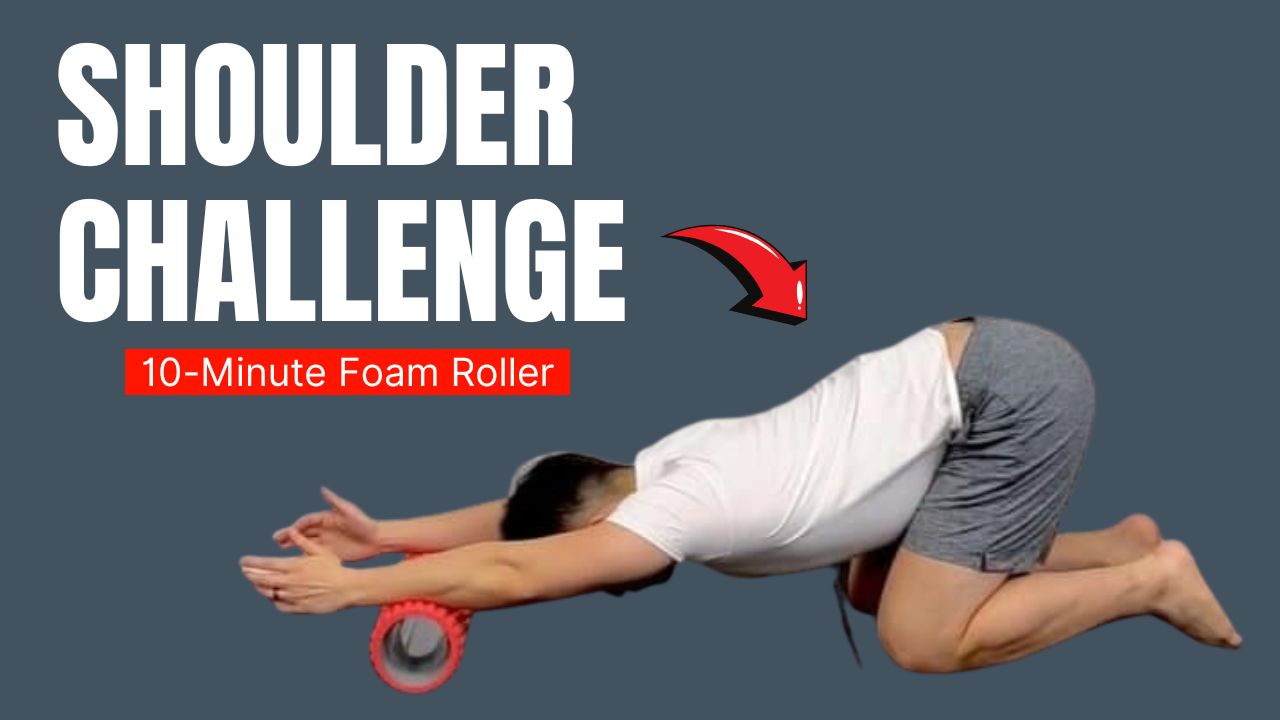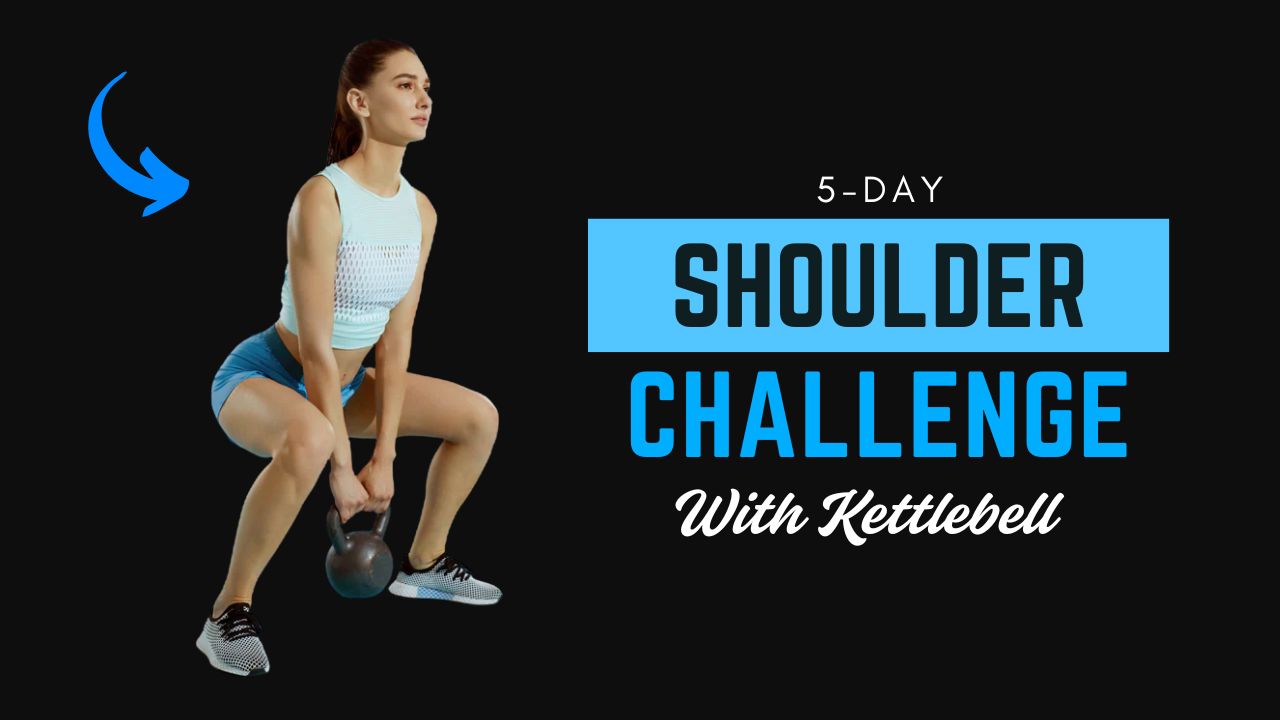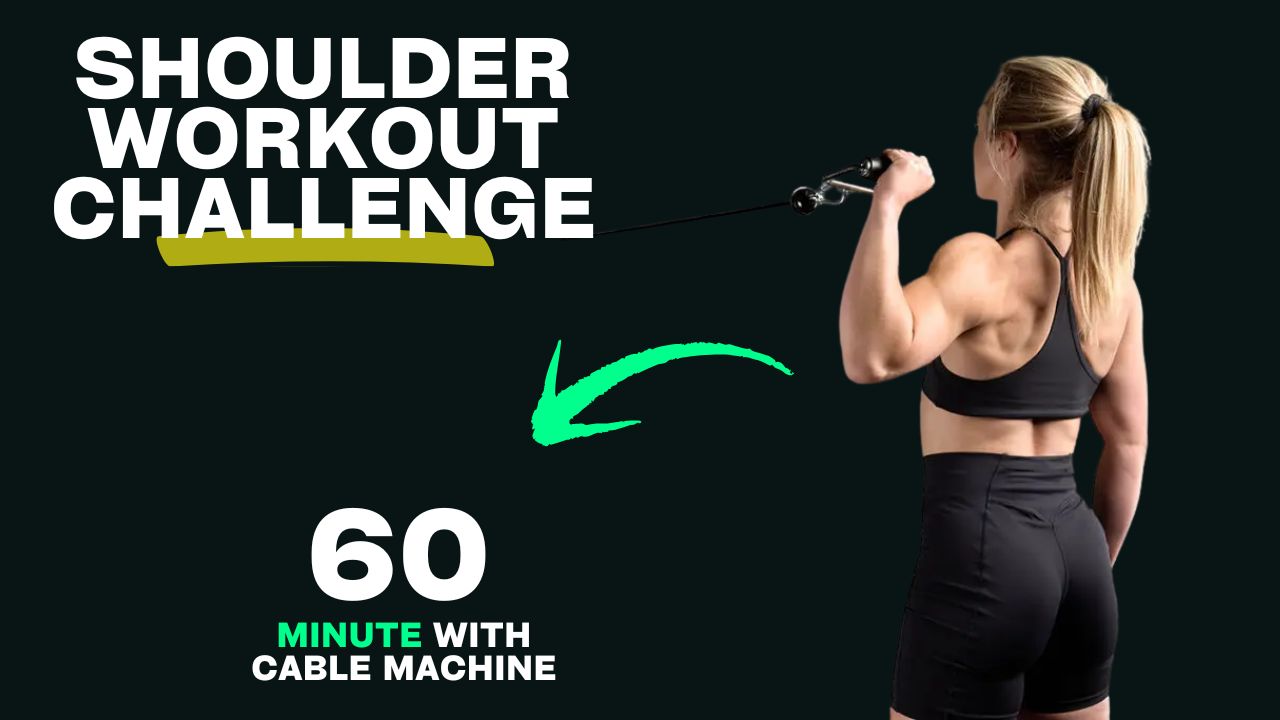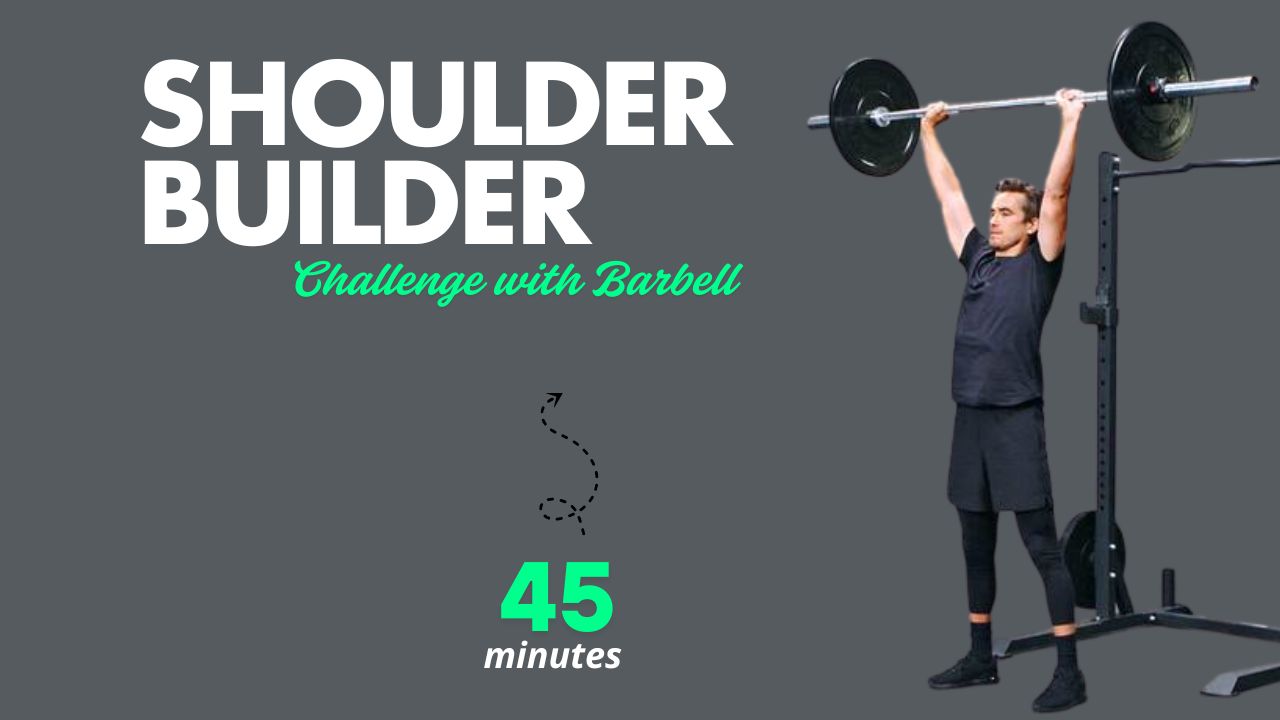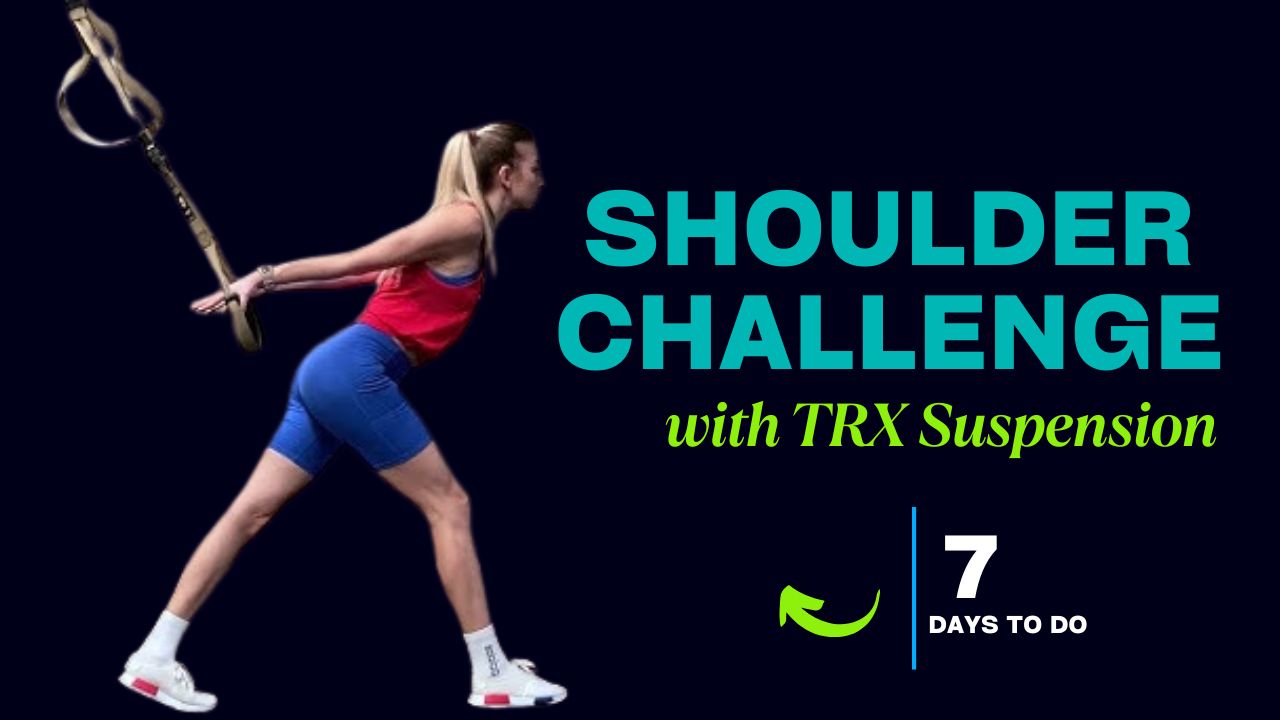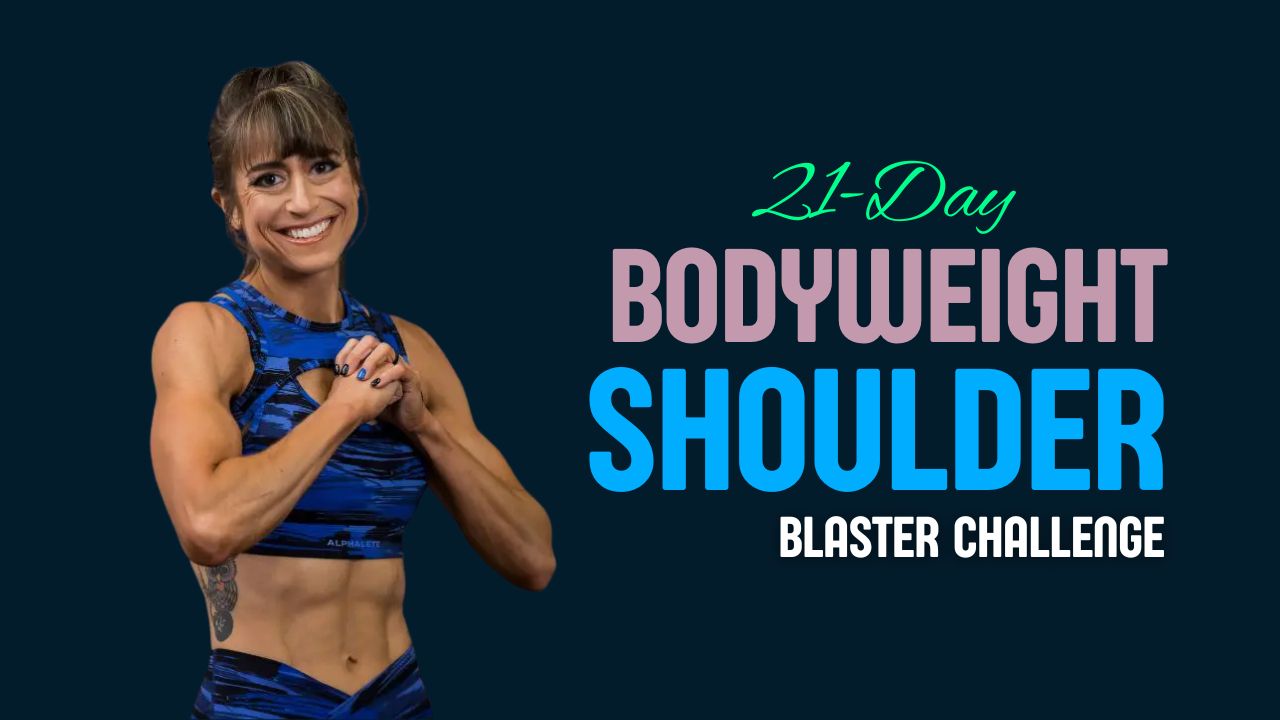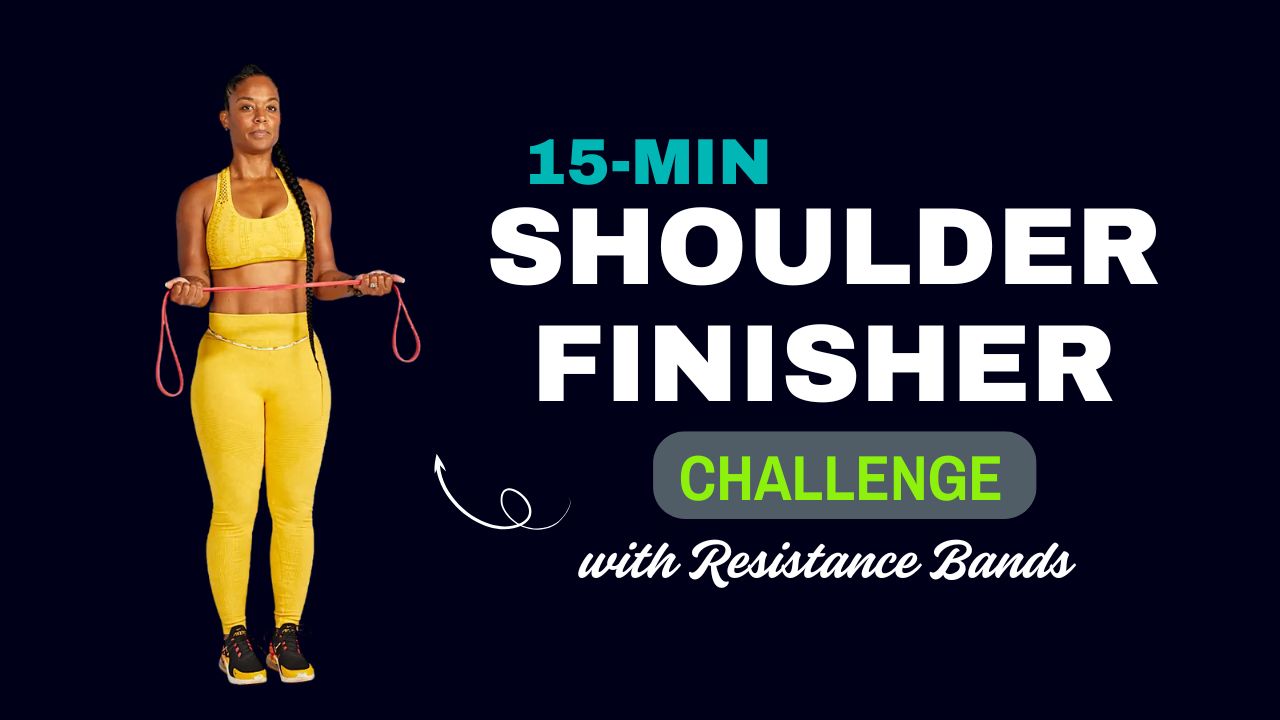If your chest workouts begin and end with a flat bench press, you’re unknowingly limiting your growth potential. The truth? The barbell is a powerful tool — but most lifters never unlock its full potential.
Whether you’re chasing size, strength, or symmetry, learning how to target your chest with a range of barbell movements is the key to unlocking explosive upper body growth.
Did You Know? The chest is made up of three major regions: upper (clavicular), middle (sternal), and lower (costal) pectorals. To grow a full, well-sculpted chest, you must hit all of them — and that’s where these barbell exercises come in.
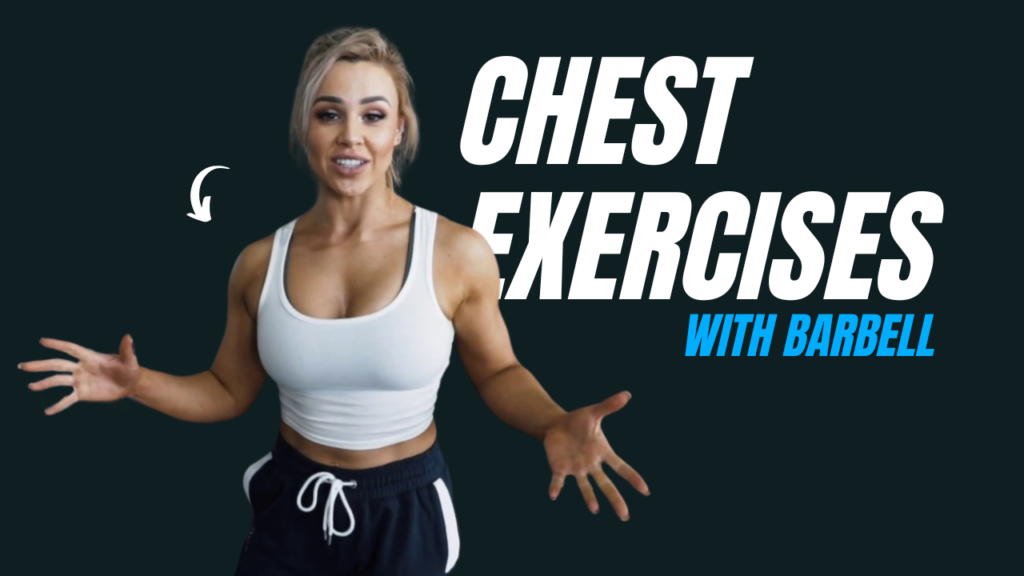
Table of Contents
What Can Happen After 30 Days of Barbell Chest Training
| Positive Changes | Description |
|---|---|
| Improved Chest Definition | You’ll notice tighter, more sculpted chest muscles with visible separation. |
| Increased Upper Body Strength | Bench press numbers and overall pushing strength will noticeably improve. |
| Muscle Fullness & Thickness | Your chest will start to look fuller, especially in the upper and mid regions. |
| Better Mind-Muscle Connection | You’ll feel your chest working more during each rep, improving muscle engagement. |
| Enhanced Performance in Other Lifts | Barbell chest training supports strength in shoulders, triceps, and even push-ups. |
| More Stable & Controlled Lifting | You’ll develop better bar path control, tempo, and pressing stability. |
| Reduced Muscle Imbalances | Targeting upper, mid, and lower pecs brings balance and symmetry to your chest. |
| Boosted Confidence & Posture | With stronger pecs, your shoulders sit back better, improving posture and presence. |
Also Read: From Average to Alpha: 14 Dumbbell Workouts for Bigger Biceps
Do’s and Don’ts of Barbell Chest Training
| Do’s | Don’ts |
|---|---|
| Warm up properly before lifting heavy | Jump straight into heavy sets without warming up |
| Use a full range of motion on every rep | Half-rep or bounce the bar off your chest |
| Keep your elbows at a 45° angle | Flare your elbows out too wide (causes shoulder strain) |
| Keep your feet firmly planted on the ground | Lift your feet or arch excessively |
| Focus on controlled, steady reps (tempo) | Rush through reps or let the weight drop fast |
| Use a spotter or safety bars for heavy lifts | Bench heavy without safety precautions |
| Mix up variations like incline and close-grip | Rely only on flat bench press every session |
| Prioritize proper form over heavier weights | Sacrifice technique just to lift more |
| Retract your shoulder blades and tighten your core | Let your shoulders rise or back arch too much |
| Track your progress (weights, reps, sets) | Train randomly without structure or logbook |
Why Barbell Exercises for Chest?
Barbells allow you to lift heavier loads, engage stabilizing muscles, and maximize progressive overload — the key driver of hypertrophy.
Compared to machines or dumbbells, barbell training helps you build mass faster, train more efficiently, and track strength progression with better precision.
12 Barbell Chest Exercises for Explosive Muscle Growth
1. Barbell Bench Press (Flat)
Primary Target: Middle Pecs
How to:
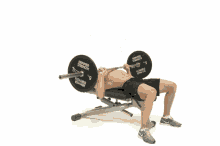
- Lie flat on a bench with feet planted.
- Grip the bar just wider than shoulder-width.
- Lower the bar to your mid-chest and press up explosively.
Pro Tip: Keep your elbows at a 45° angle to reduce shoulder strain and maximize chest activation.
Also Read: 13 Dumbbell Chest Workouts That Build Size & Definition Fast
2. Incline Barbell Bench Press
Primary Target: Upper Chest
How to:
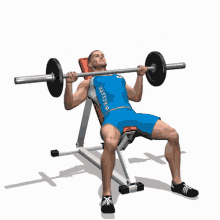
- Set your bench to a 30–45° incline.
- Lower the bar to your upper chest and press back up.
Why it Works: This variation targets the often underdeveloped clavicular head of the pecs, giving your chest that lifted, full look.
3. Decline Barbell Bench Press
Primary Target: Lower Chest
How to:

- Set your bench to a decline position.
- Lower the bar to the lower chest and push back up.
Fun Fact: Contrary to the myth, the decline press doesn’t neglect your upper chest — it actually recruits more lower fibers that flat pressing misses.
4. Close-Grip Barbell Press
Primary Target: Inner Chest + Triceps
How to:
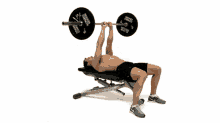
- Grip the bar just inside shoulder width.
- Lower to the sternum and press up.
Benefit: Builds inner pec thickness and enhances tricep strength — great for pressing power.
Also Read: 13 Equipment-Based Calf Exercises to Power Up Your Lower Legs
5. Paused Barbell Bench Press
Primary Target: Entire Chest
How to:
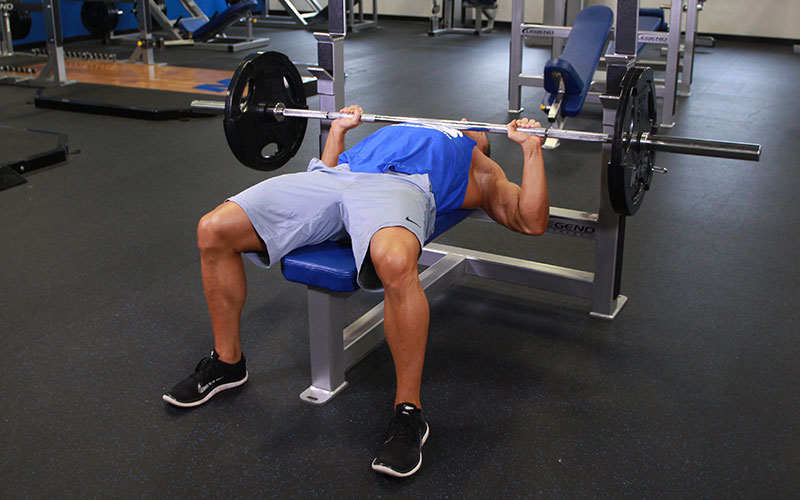
- Perform a regular flat bench press.
- Pause for 1–2 seconds with the bar on your chest before pressing up.
Why Try It: Increases time under tension and explosive strength from a dead stop.
6. Spoto Press
Primary Target: Mid-Range Strength and Stability
How to:
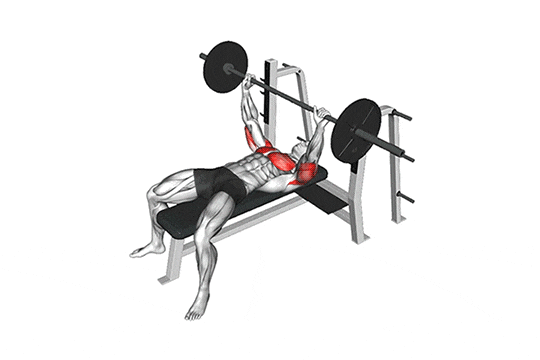
- Perform a bench press but stop 2 inches above the chest, pause, then press.
Benefit: Reduces momentum and forces chest engagement throughout the mid-range.
7. Reverse-Grip Barbell Bench Press
Primary Target: Upper Chest
How to:
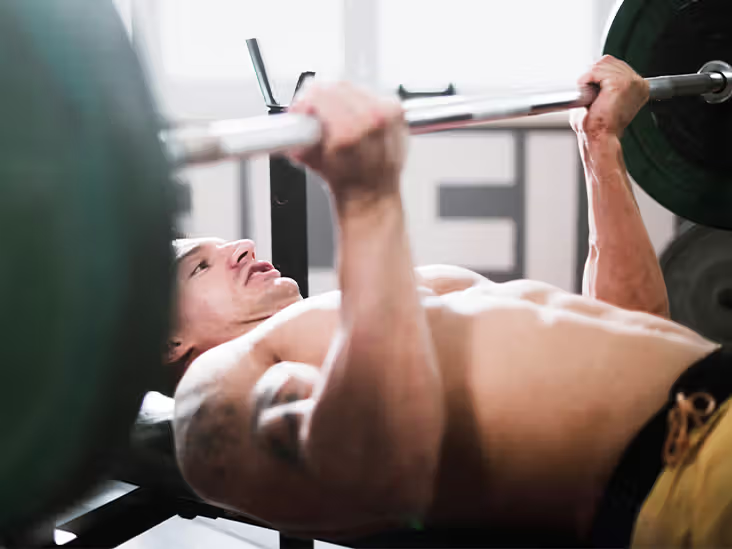
- Grip the bar with palms facing you (underhand).
- Lower the bar to the upper chest and press up.
Myth Buster: It looks weird, but studies show reverse-grip pressing can activate more upper pec fibers than incline presses!
Also Read: 13 Bodyweight Abductor Exercises for Stronger, Sculpted Hips
8. Barbell Floor Press
Primary Target: Chest + Triceps (Lockout Strength)
How to:
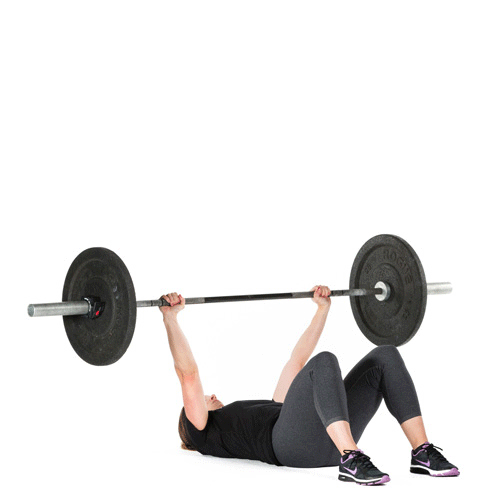
- Lie on the floor, legs bent.
- Lower the bar until your upper arms touch the ground, pause, and then press.
Why It Works: Limits the range of motion and helps improve sticking points in your bench press.
9. Barbell Guillotine Press
Primary Target: Upper Chest
How to:
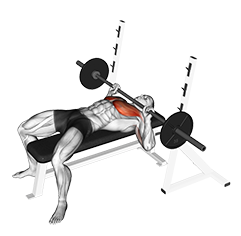
- Lower the bar to your neck level, keeping elbows flared.
Caution: Use lighter weight and full control — this is not for beginners.
Benefit: Maximizes upper pec stretch and mind-muscle connection.
10. Wide-Grip Barbell Press
Primary Target: Outer Chest
How to:

- Use a grip wider than normal.
- Lower to the chest and press up slowly.
Tip: Helps emphasize the outer chest sweep, creating a broader appearance.
Also Read: 10 Forearm Exercises Using Gym Gear That Build Iron Grip & Bigger Arms
11. Barbell Pullover
Primary Target: Chest (Secondary: Lats)
How to:
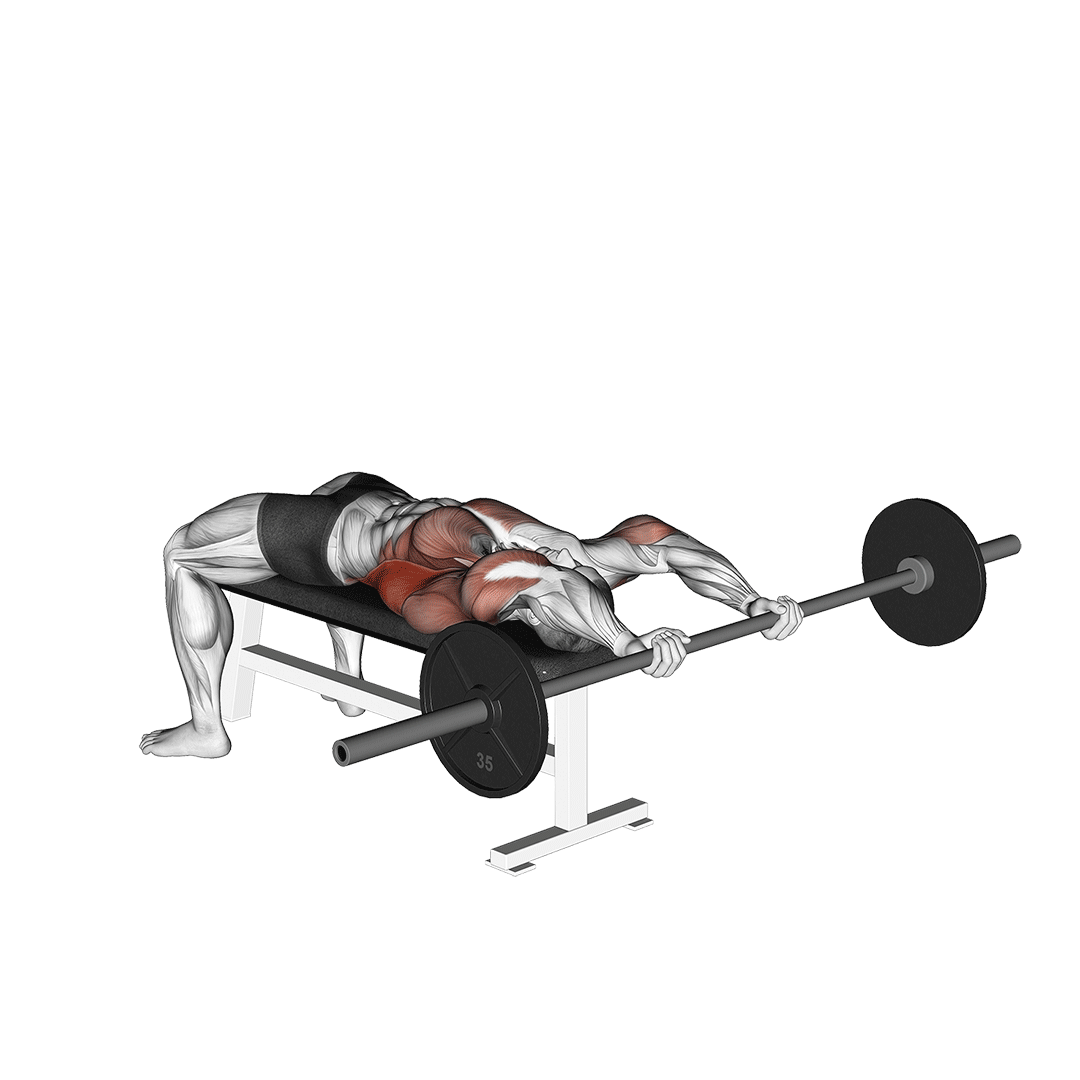
- Lie on a bench, barbell above the chest.
- Lower the bar behind your head in an arc, then pull back.
Interesting Fact: Often mistaken as a lat move, barbell pullovers are great for expanding the ribcage and hitting deep chest fibers.
12. Tempo Barbell Press
Primary Target: Chest (With Emphasis on Control)
How to:
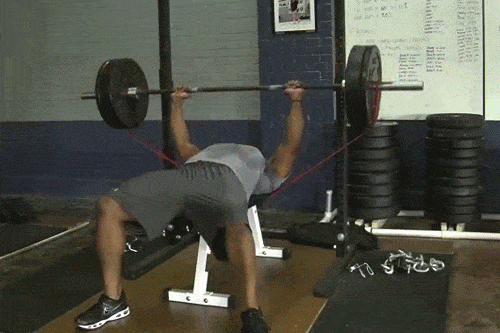
- Lower the bar in 3–5 seconds.
- Pause at the bottom.
- Press up powerfully.
Why You Should Use It: Time-controlled movements build greater tension and improve muscle growth efficiency.
Quick Chest Day Barbell-Only Sample Routine
| Exercise | Sets | Reps |
|---|---|---|
| Incline Barbell Press | 4 | 8–10 |
| Flat Barbell Press | 4 | 6–8 |
| Close-Grip Press | 3 | 10–12 |
| Barbell Pullover | 3 | 12–15 |
Rest 60–90 seconds between sets. Prioritize form over ego.
Also Read: 13 Bodyweight Trapezius Exercises to Build Strong, Broader Back
Rotate, Don’t Repeat
To continue seeing progress, rotate between variations every few weeks. For example:
- Week 1–3: Incline + Flat + Pullover
- Week 4–6: Reverse-Grip + Floor Press + Tempo Press
This approach keeps your body adapting and prevents plateaus.
Final Words
Building a bigger chest doesn’t just mean more reps of the same bench press. It means knowing how to train smart with a variety of barbell exercises, understanding which fibers you’re hitting, and strategically progressing over time.
Your chest won’t grow overnight. But with consistency, variation, and proper technique, a thicker, more defined chest is well within reach.
Frequently Asked Questions (FAQs)
Can I build a big chest using only barbell exercises?
Yes. Barbell exercises like the bench press, incline press, and close-grip press are compound movements that target major parts of the chest. With proper form, progressive overload, and variation, you can achieve significant chest growth using barbells alone.
How often should I train my chest with barbell exercises?
For most lifters, training chest 1–2 times per week is ideal. Allow at least 48 hours of recovery between heavy barbell chest sessions to promote muscle growth and prevent overtraining.
What’s better for chest growth — barbell or dumbbell exercises?
Both are effective. Barbells allow heavier lifting and progression, while dumbbells provide greater range of motion and muscle balance. A combo of both can optimize growth, but barbell exercises are excellent for building mass and strength efficiently.
Can beginners do all these barbell chest exercises?
Not all. Beginners should start with basic moves like the flat bench press, incline press, and floor press. Advanced lifts like the Spoto press or guillotine press should be done only after mastering form and control.
How many sets and reps should I do for chest hypertrophy?
Aim for 3–5 sets of 6–12 reps per exercise. The 6–8 rep range builds strength, while 10–12 promotes hypertrophy (muscle size). Use progressive overload to keep improving.
Can I do barbell chest exercises at home?
Yes, if you have access to a barbell, weight plates, and a sturdy bench (adjustable if possible). Always ensure safety measures like a spotter or safety rack when lifting heavy at home.
How long does it take to see visible chest growth?
With consistent training, proper nutrition, and recovery, noticeable changes can appear in 6–8 weeks. However, full development may take several months to years, depending on your genetics and commitment.
